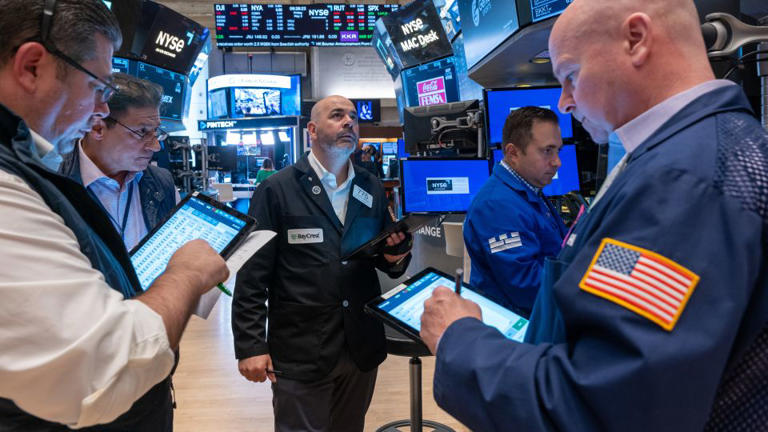The impending transition from the T+2 settlement cycle to the T+1 settlement cycle marks a significant milestone in the evolution of market operations, with far-reaching implications for investors, financial institutions, and regulatory bodies alike. Under the current T+2 system, the settlement of broker-dealer transactions typically takes two business days, whereas the forthcoming adjustment will expedite this process to just one business day, slated to come into effect on May 28.
The impetus behind this transition is rooted in the pursuit of fortifying the market infrastructure to better withstand the complexities and challenges of modern trading dynamics. Gary Gensler, Chair of the Securities and Exchange Commission (SEC), has emphasized the imperative of enhancing resilience, timeliness, and orderliness in market plumbing, framing the move towards a T+1 settlement cycle as a proactive step in achieving these objectives.
The scope of these regulatory changes extends beyond equities, encompassing a diverse array of financial instruments, including bonds, municipal securities, exchange-traded funds (ETFs), some mutual funds, and limited partnerships traded on exchanges. Broker-dealers and registered investment advisors are subject to new recordkeeping requirements aimed at ensuring compliance with the revised settlement framework, underscoring the regulatory commitment to fostering transparency and accountability.
Proponents of the transition anticipate a myriad of benefits accruing from the expedited settlement cycle, chief among them being the liberation of liquidity and the mitigation of volatility in margins. By shortening the settlement timeline, the risk of default before transactions are finalized is significantly reduced, instilling greater confidence and stability in market transactions. Clearinghouses, acting as intermediaries in facilitating transactions between buyers and sellers, stand to gain from enhanced margin management practices and more robust risk mitigation mechanisms.
However, the successful implementation of the T+1 settlement cycle hinges on the seamless execution of operational protocols and the mitigation of potential disruptions. Financial firms such as Baird have proactively established T+1 committees and bolstered staffing levels to navigate the complexities associated with the accelerated settlement cycle. Collaborative engagement with clients and the implementation of robust risk management practices are paramount in ensuring a smooth transition and minimizing operational friction.
The impetus behind this transition can be traced, in part, to the fallout from the 2021 meme stock frenzy, exemplified by the unprecedented surge in GameStop and AMC Entertainment shares driven by retail investor activism on platforms like Reddit. The suspension of trading activities by brokerages such as Robinhood underscored the operational challenges posed by the T+2 settlement cycle, catalyzing calls for reform to expedite transaction settlement and fortify market resilience.
In summary, the transition to a T+1 settlement cycle represents a pivotal juncture in the evolution of market infrastructure, characterized by a concerted effort to modernize operational frameworks and enhance market efficiency. While the transition may entail certain operational challenges and adjustment periods, the overarching objective remains the cultivation of a more resilient, responsive, and equitable trading environment for investors and market participants alike.

